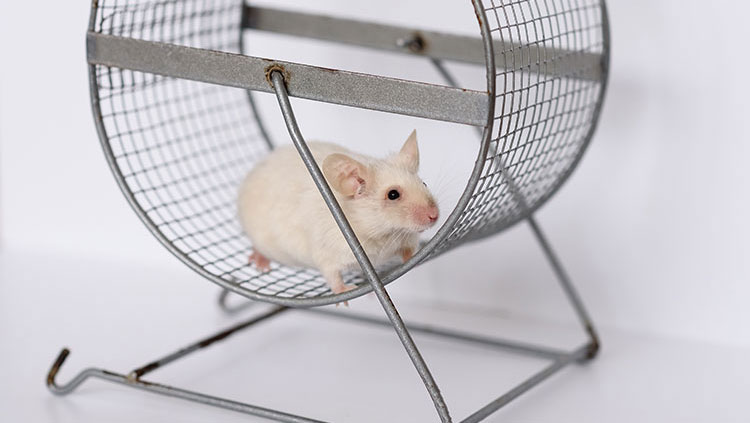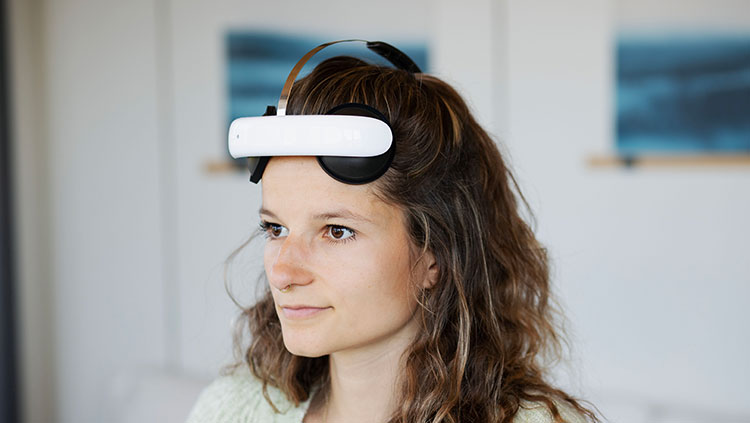ICYMI: COVID-19 Linked to Blood Clots and Strokes
- Published6 May 2020
- Author Alexis Wnuk
- Source BrainFacts/SfN
These were the top neuroscience stories for the week of April 27, 2020.
COVID-19 Linked to Blood Clots and Strokes
COVID-19 can cause dangerous blood clots and strokes in young and otherwise healthy adults, doctors at New York’s Mount Sinai Health System report. In a letter to The New England Journal of Medicine on April 28, the doctors described five patients in their 30s and 40s who developed blood clots in the large vessels supplying the brain, resulting in strokes. One of the patients was a 33-year-old woman with no underlying health conditions, and two of the patients didn’t show any symptoms of infection with the novel coronavirus.
Big picture: Blood clots can clog vessels and cut off blood flow to the brain. Emerging evidence suggests some people with COVID-19 develop lots of blood clots, but doctors aren’t sure why this happens.
Read more: Doctors Link COVID-19 to Potentially Deadly Blood Clots and Strokes (NPR)
Rett Syndrome Researchers Honored with 2020 Brain Prize
Huda Zoghbi of Baylor College of Medicine and Sir Adrian Bird of the University of Edinburgh were awarded the 2020 Brain Prize for their groundbreaking research on the epigenetics of Rett syndrome. In 1999, Zoghbi identified mutations in the MECP2 gene as the cause of Rett syndrome, a rare neurodevelopmental disorder primarily affecting girls. The disorder causes speech and motor impairments and intellectual disability. A few years earlier, Bird discovered that the protein encoded by the MECP2 gene regulates gene expression in brain cells. His lab also developed the first mouse model for Rett syndrome in 2007.
Read more: Mapping of a rare brain disorder in babies leads to award of The Brain Prize 2020 (The Lundbeck Foundation)
A Sniff Test for Consciousness
A sniff test can reveal someone’s level of consciousness after a brain injury and offer clues about their long-term prognosis, researchers reported April 29 in Nature. The researchers studied 43 people with brain injuries resulting in impaired consciousness. They held cotton pads soaked in different scent mixtures — shampoo and rotten fish — under their noses. A small tube attached to the patient’s nose measured air flow, allowing the researchers to distinguish between sniffs and regular in breaths. People in a minimally conscious state were more likely to sniff the scents compared to people in a vegetative state. All the vegetative patients with an intact sniff response later transitioned to a minimally conscious state.
Big picture: Disorders of consciousness range from locked-in syndrome to coma. After a serious brain injury, it can be hard for doctors to determine a patient’s level of awareness. The sniff response may be a helpful biomarker for consciousness, but more and larger studies are needed to validate the study’s findings.
Read more: A ‘sniff test’ signals consciousness after a brain injury, study shows (STAT)
CONTENTPROVIDEDBY
BrainFacts/SfN


















